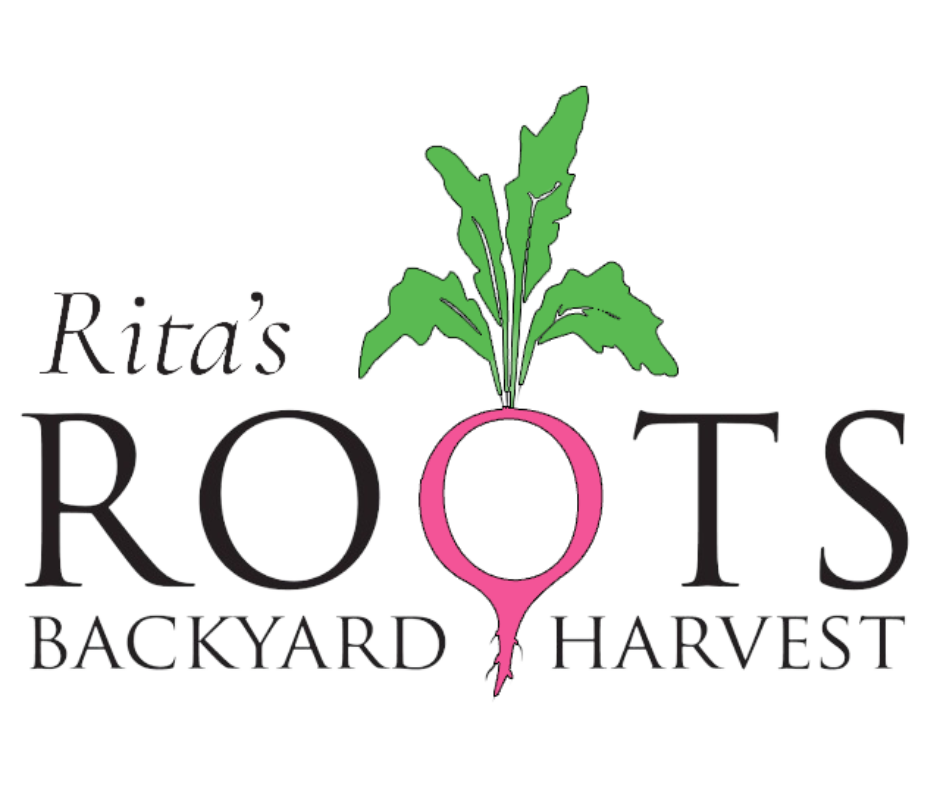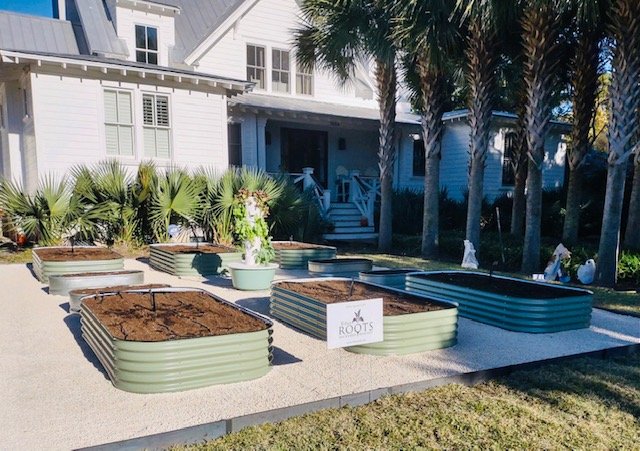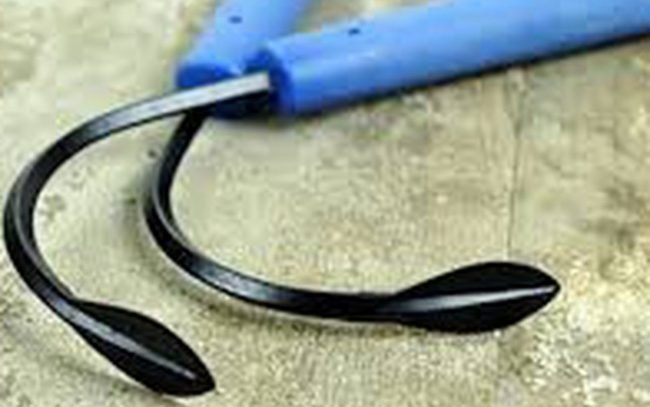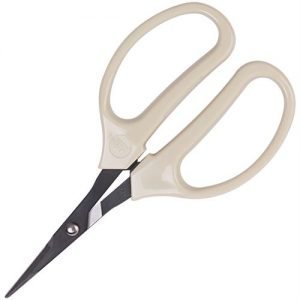Back to the Basics: Things to Consider, Tools and Secrets to Gardening Success
Starting up your garden —whether it’s your first one or you’re replanting for a new season— is super exciting! But first, there are several things to consider when starting a garden. What do you need to plan out before diving into gardening? We’ll walk you through your top priorities:
Ready? Let’s go!
TIME
How much time do you have to invest in your garden? The initial build and design will require a good chunk of time upfront, and maintaining your garden will take some time too.
A garden requires time to:
● Design + Build
● Decide + purchase plants and supplies
● Plant your seeds and seedlings
● Scout and treat bugs daily
● Harvest your vegetables
● Prepare/store your harvest
Learn all the necessary skills to make your garden successful
Gardening is a great hobby to develop. It has numerous mental and physical health benefits as well as provides a source of community for gardeners. However, gardening —like any new hobby— has skills that must be learned prior to gardening (you can read more about the Benefits of Gardening here).
Garden Design
First, you’ll need to design your garden and determine its size and location. Depending on your knowledge, you may need to do some research to help you reach a design decision. If you’re a member of our Garden Growers Club, you can utilize the class recording “Garden Planning + Design” inside your content library. In the 90-minute class, I walk you through all the decisions you’ll need to make.
PRO-TIP: If you don’t have access to this class or one like it, allow at least double the time to search Google or read a few books.
Garden Build
Our crew can install a 4x8 raised garden box in about 3-4 hours. We have streamlined this process through years of experience.
PRO-TIP: Allow extra time if you’re a novice and/or you’re installing more than one box
Plant Selection + Purchase
Now that you’ve designed your garden and built your boxes, it’s time to select your plants!
This part is dependent on location. If you’re local to the South Carolina Lowcountry keep in mind our heat and humidity— if you’re not experienced gardening in our area, this could take many hours. Our planting calendar is quite different from other parts of the country and even Upstate South Carolina!
One of the advantages of purchasing your plants and supplies from Rita’s Roots is we’ve done all of the research for you! We’ve been growing in the Lowcountry for more than 10 years, and we’ve done lots of experimenting to determine what works best.
When you buy from us, either in-person or online, you can be certain it’s seasonally appropriate to plant at that time. Plus, our garden gurus are on hand during sales to help you with planting and harvesting tips.
PRO-TIP: If you shop in person, you might want to add time for enjoying a beer at Tradesman Brew because our shop is conveniently located in their parking lot!
Planting
Now for the fun part! Time to get your hands in the dirt. Amend your soil with compost, add some fertilizer, and get all those seedlings in the ground.
When our garden gurus visit client gardens for planting, they usually spend between 1-3 hours depending on the size of the garden. They bring all the supplies you need on site: compost, fertilizer, plants, sprays, and tools. (Never fear, we’ll be covering my top five vegetable garden tools later on in this blog.)
If you’re a novice doing it all by yourself, you’ll want to allow more time for gathering all the supplies and planting.
Garden Maintenance
A garden is not a fix-it-and-forget-it activity.
We recommend you visit your garden daily. Scout for bugs, being careful to turn over the leaves and look at the undersides. Remove any debris and check to see whether the soil is dry or wet, making adjustments as necessary.
PRO-TIP: If you attend to the small issues, they won’t become big issues! Pests and diseases can destroy a garden in just a few days.
At Rita’s Roots, we offer everything from gardening alongside you in your own backyard or even gardening for you if you’re really tight on time.
For people who want to do it themselves, but may not have the time to dedicate to research, we have the Garden Grower’s Club, where you get a Garden Growers Guide delivered to your inbox twice monthly and access to an online learning community where you can really hone your skills! Our membership offers how-to videos, pre-recorded classes, comprehensive guides for fruits, veggies, flowers, pests and disease, plus a Facebook group with Garden gurus ready to answer your questions.
COST
Growing your own food, over time saves money in grocery bills and food waste. But you’ll have to spend money upfront to get everything started.
Where will your plants grow?
At Rita’s Roots, we recommend a raised garden bed. Our Lowcountry soil is too sandy, and a raised bed allows you to fill it with the best organic soil, which helps your fruits and vegetables grow abundantly.
Additionally, a raised bed also creates a border that offers protection from dogs and vermin who may want to sample your harvest (and who could blame them?!).
Our standard garden box is made from cedar and is 4’x8’x12” We install it in your yard with Organic Soil for $875.
If you want to hire one of our garden Gurus to come to your yard and help you decide where to place the bed you have the greatest chance of success! During our on-site consultation, we bring a special tool called a Solar Pathfinder. This tool helps us find the best spot in your yard for optimal sunlight throughout all 12 months of the year. The consultation costs $175.
Now for the fun part: the plants! The cost of your plants will certainly vary based on how many plants you choose. The average customer spent $78 at our plant sales last year.
PRO-TIP: In the Lowcountry, we have two main planting periods: the fall and spring. You may be supplementing and filling in with some vegetables throughout the year but your garden is only turning over twice a year in terms of restocking it with plants.
The Learning
The cost of learning will vary a lot based on your level of experience and whether you prefer to invest your time or your money in the learning process.
If you’re a DIY gardener and have lots of time to commit you may be able to find some great resources online or at the local library. You’ll likely want to purchase a few reference books to have on hand.
If you’d like to invest some money to fast-track your learning, consider joining our Garden Growers Club.
You’ll receive access to garden gurus who can answer your specific questions and keep you on track with the Lowcountry Planting Calendar. Membership includes an entire year of support in your garden with access to online course materials, how-to videos, and vegetable studies. Annual Club membership costs $349.
If you’re local with no time to tend, our Complete Care Garden Maintenance is your best bet!
LOCATION
Sun
Location determines everything when it comes to gardening! A garden requires at least 6 hours of full direct sunlight each day. Without the full 6 hours, plants can get stressed out, attract bugs, and don’t produce very well.
Our Solar Pathfinder helps determine the best spot for a garden and how much sunlight that spot has year-round.
Proximity To Water + House
Another important factor in designing a garden is the proximity to your house, the closer to your house the better because as they say, out of sight out of mind! Proximity to a water source is best too, as it makes caring for your garden a breeze.
TOOLS & MATERIALS
At Rita’s Roots, we’ve done a lot of experimenting with all different kinds of wood, and we recommend cedar wood for your raised garden beds.
The wooden raised beds are our go-to's. Some benefits include:
● Good drainage
● Keeps critters out
● Less weeding
● Instant fertile soil
● Various heights
Our standard garden box is a 4’x8’12’’ Cedar Garden Box, but we also build them 4X6, 4X12, or to custom fit your space.
One of the nice options is that you can build them as high as you want to make them easier to access, but keep in mind that will drive up your lumber costs.
To save on lumbar costs you build free-standing beds. The process would be similar to creating a wooden bed but without the wood. You define a space with cardboard and build the soil up and out.
With a free-standing bed, you can only get it about 8-12 inches deep and there isn’t a barrier preventing dogs and other animals from digging up the bed.
Now that we’ve covered the basics of creating a garden, let’s talk tools!
At Rita’s Roots, we advocate having good gardening tools— imakes gardening easier and more enjoyable! Here are our top tool picks:
Digging Fork
Why we love it: to aerate the soil and allow new compost to work into the soil. Other uses: Digging up root vegetables and sweet potatoes.
Cost: $64.99
Where to purchase: groworganic.com
COBRA
Why we love it: A handheld garden tool so versatile it might be the last one you’ll ever buy! And it’s made in the USA, to boot.
Other uses: It spreads soil, mixes compost and fertilizer, digs planting holes and seed furrows, and weeds the surface of the soil. We like it to loosen and fluff the soil before planting. Also great for pulling up those pesky running weeds.
Cost: $25.00
Where to purchase: Our online shop!
Bonsai Scissors or Needle Nose Shears
Why we love it: They are easy to maneuver around the leaves of the plants and fine points when harvesting herbs.
Pruner Felco No. 6
Why we love it: The No.6 is designed for smaller hands. They're worth the investment since they will last 10+ years if stored indoors between uses.
Other uses: Great tool for cutting through thicker branches and stalks of veggie plants as well as harvesting. Covers all pruning needs!
Cost: $57.39
Where to purchase: felco.com
Large, non-metal harvest bucket
Why we love it: Metal buckets heat up too quickly for harvesting, especially in the summer months.
Other uses: Other uses aren’t recommended, keep your compost in a separate bucket from your harvest!
Cost: $8.72
Where to purchase: Our Online Store!
Now you’ve got all your go-to tools, let’s share some secrets to preparing your garden for planting!
Supercharge your soil
When we grow and harvest, the plants are removing nutrients from the soil. The nutrients will need to be replaced before planting the next round of crops. Start by digging around and pulling up any roots that have crept into the garden from nearby trees, which could rob your seedlings of nutrients and water. Next, add a few handfuls of worm castings to the soil to increase the beneficial bacteria and microbes and spread two to four inches of compost across the entire bed.
PRO-TIP: Mix in ground crab shells. Our native soils often have Southern root-knot nematodes [a parasitic garden pest] which can reduce yields and kill plants. By adding crab shells, we feed and nurture the beneficial organisms in the soil that also feed on the nematodes!
Choose your fall garden stars
Next comes one of the most important (and most fun) steps: gathering seeds and thinking about your garden’s layout. No matter what you put in your patch, be sure to add a healthy scoop of all-purpose organic fertilizer to each hole before you put in the plant.
Get excited!
Gardening can be a fulfilling, lifelong hobby. Dig in, don’t be afraid to experiment and most importantly, enjoy the fruits of your labor!










